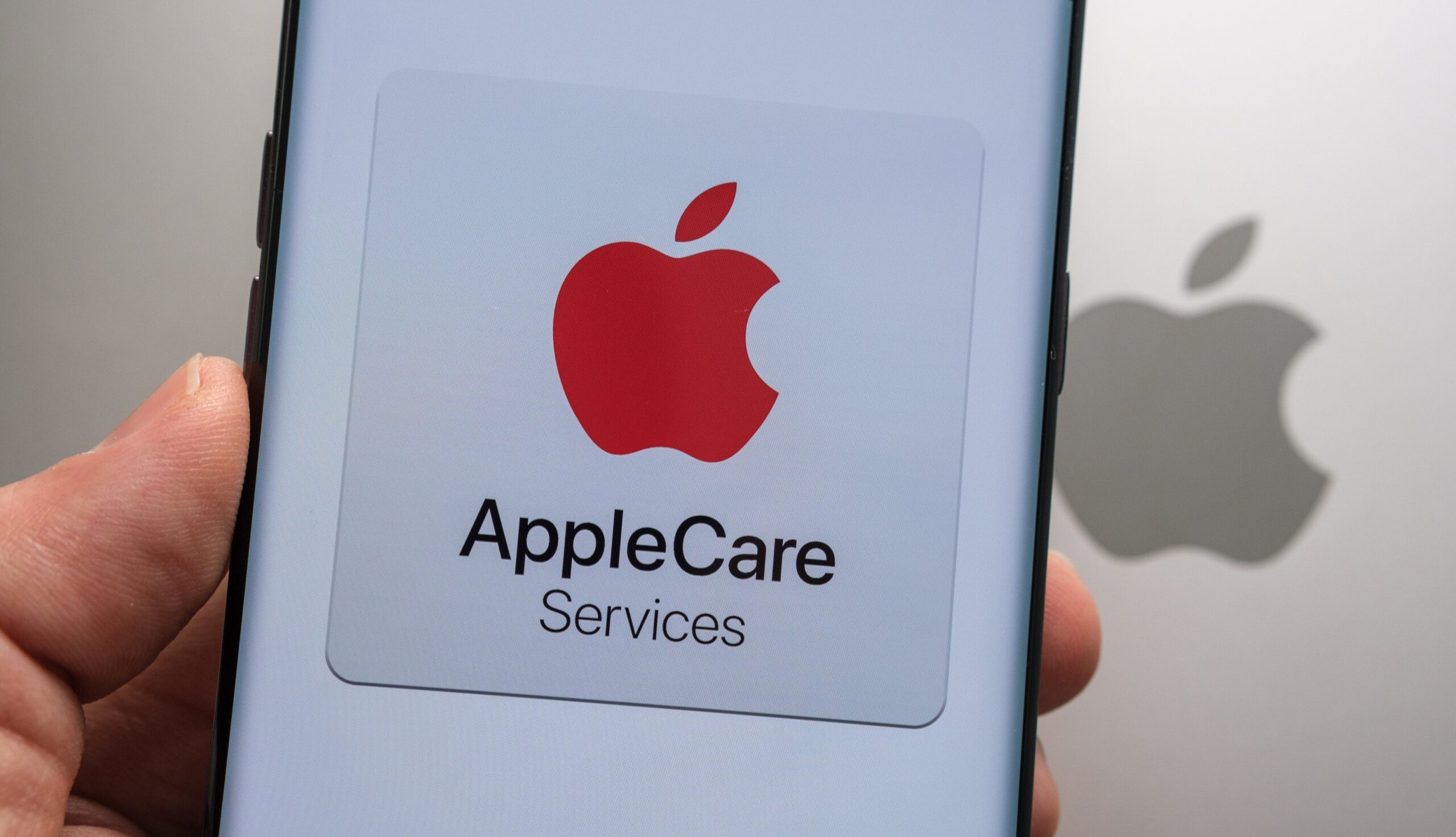Apple has recently decided to adjust the monthly fees for AppleCare+ subscriptions for all iPhone models in the U.S., bumping them up by 50 cents.
For instance, the basic AppleCare+ plan for the latest iPhone models now costs $10.49 each month, an increase from the previous $9.99. This change affects all iPhone models currently available, including both the regular plan and the one that covers theft and loss.
However, the price for a two-year AppleCare+ subscription remains the same, as do the costs for service fees and deductibles. The new pricing only applies if you choose to pay for AppleCare+ on a month-to-month basis.
This price adjustment does not extend to AppleCare+ subscriptions for iPads, Macs, or Apple Watches, which remain unchanged.
Apple is also moving towards a subscription model for AppleCare+. Starting this week, in-store purchases will only offer AppleCare+ as a recurring subscription, either monthly or yearly, ensuring continuous coverage and providing Apple with a steady income stream beyond the initial two-year period.
However, for those who still prefer a traditional one-time payment for AppleCare+, this option will continue to be available through Apple’s online store. This means you can still choose a plan that ends after two years without automatic renewal if you shop online.

